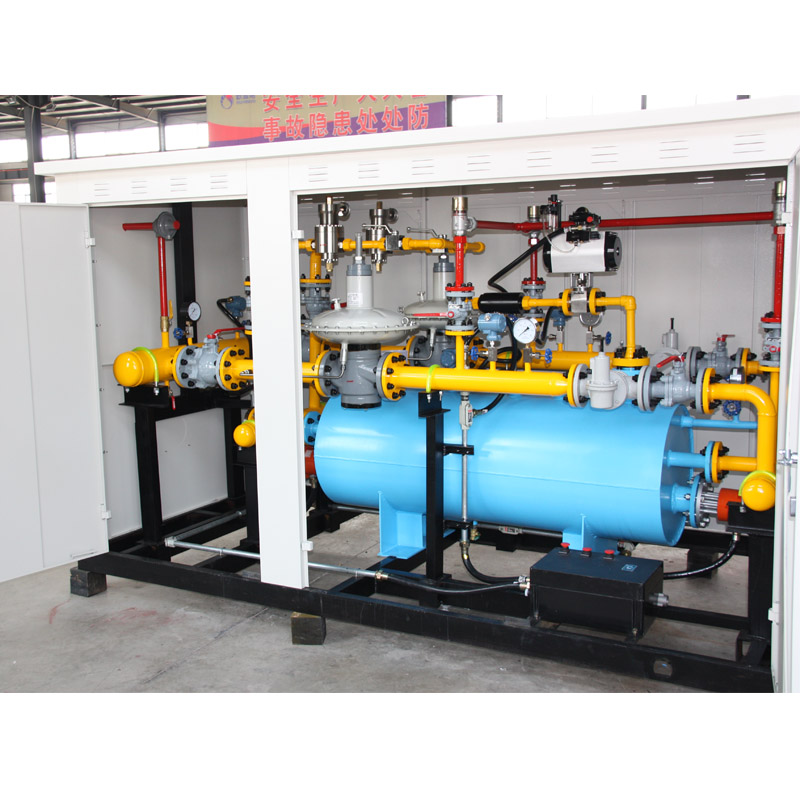
7 月 . 26, 2024 05:31
Back to list
Air Control Valve Functionality and Applications in Pneumatic Systems for Efficient Operations
Understanding Pneumatic Control Valves
Pneumatic control valves are pivotal components in various industrial applications, particularly in the automation of processes that require precise control of fluid flow using compressed air. These valves play a crucial role in systems that necessitate the regulation and direction of airflow to ensure optimal performance, efficiency, and safety in operations.
At their core, pneumatic control valves manage the flow of air or gas through a system, enabling or restricting the movement based on the control signals received. The fundamental operation of these valves is based on the principles of pressure and flow dynamics, where a signal, usually in the form of an electrical impulse, activates the valve to either open or close. This capability allows for the fine-tuning of pneumatic circuits, leading to enhanced control over processes such as machinery operation, material handling, and transport systems.
.
There are several types of pneumatic control valves, including throttling valves, on/off valves, and directional valves. Throttling valves are used to regulate the flow rate of the air or gas, while on/off valves provide a simple shutoff mechanism. Directional valves, on the other hand, control the path of airflow, determining whether the air flows to one actuator or another—an essential function in applications like robotics and automated assembly lines.
صمام التحكم الهوائي

The design of pneumatic valves is also pivotal for their performance. Most modern pneumatic control valves incorporate features such as solenoid actuators, which facilitate automatic operation, and various sealing materials to prevent leaks and ensure reliability. Additionally, the use of advanced materials and coatings enhances the durability of these valves, allowing them to withstand harsh operating conditions.
In terms of application, pneumatic control valves have a wide range of uses across various sectors, including manufacturing, automotive, and healthcare. For instance, in the automotive industry, these valves support the operation of air brake systems and automated assembly lines. In manufacturing, they are integral to conveyor systems, enabling the efficient movement of products. In healthcare, pneumatic control valves can be found in medical equipment, where they assist in the precise delivery of gases and fluids.
The maintenance of pneumatic control valves is a crucial aspect of ensuring their longevity and reliability. Regular inspections and routine maintenance routines can help identify wear, tear, or any potential failures before they escalate into more significant issues. Proper lubrication and cleaning are also essential to keep these valves operating smoothly, minimizing the risk of downtime and maintaining productivity.
In conclusion, pneumatic control valves are essential components in many industrial processes, providing efficient and precise control of air and gas flows. Their ability to react quickly to control signals, combined with their versatility and robust design, makes them invaluable in various applications. As industries continue to evolve and automate, the importance of reliable pneumatic control valves will undoubtedly grow, driving advancements in technology and improving productivity across sectors. Understanding how these valves work and their role in systems can help engineers and operators optimize their use, ensuring that processes run smoothly and efficiently.
Latest news
-
Unlocking The Quality Gas Pressure ReducersNewsNov.01,2024
-
The Role of Gas Pressure Reducing StationsNewsNov.01,2024
-
The Importance and Functionality of Safety Relief ValvesNewsNov.01,2024
-
The Essential Role of Safety Valves in Natural Gas ApplicationsNewsNov.01,2024
-
The Essential Role of Gas Pressure RegulatorsNewsNov.01,2024
-
Enhance Your Premium Gas FiltersNewsNov.01,2024

